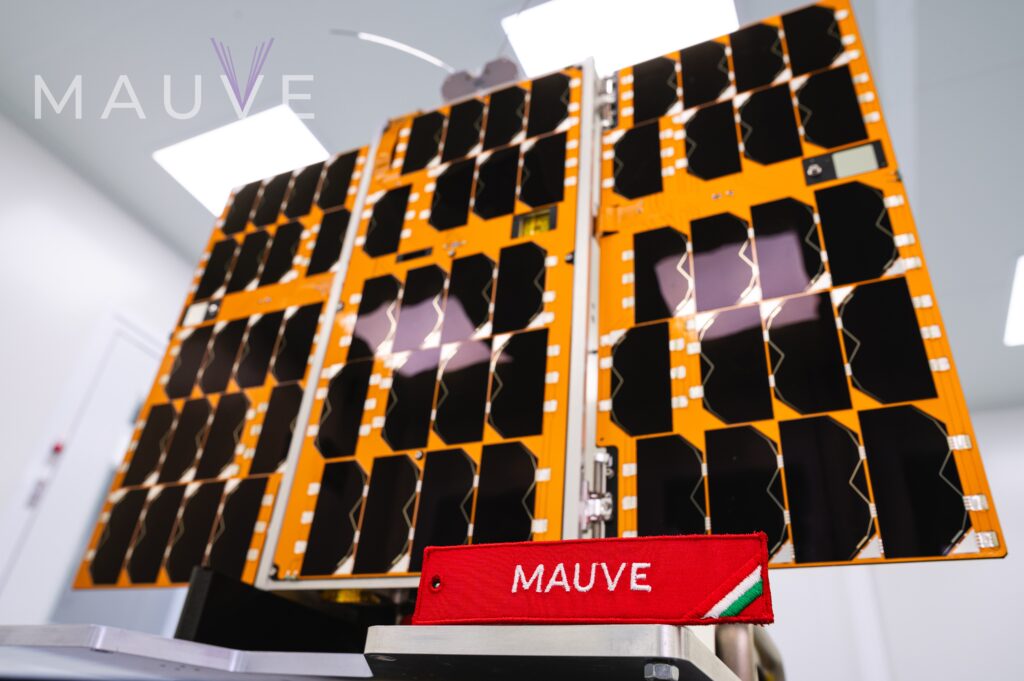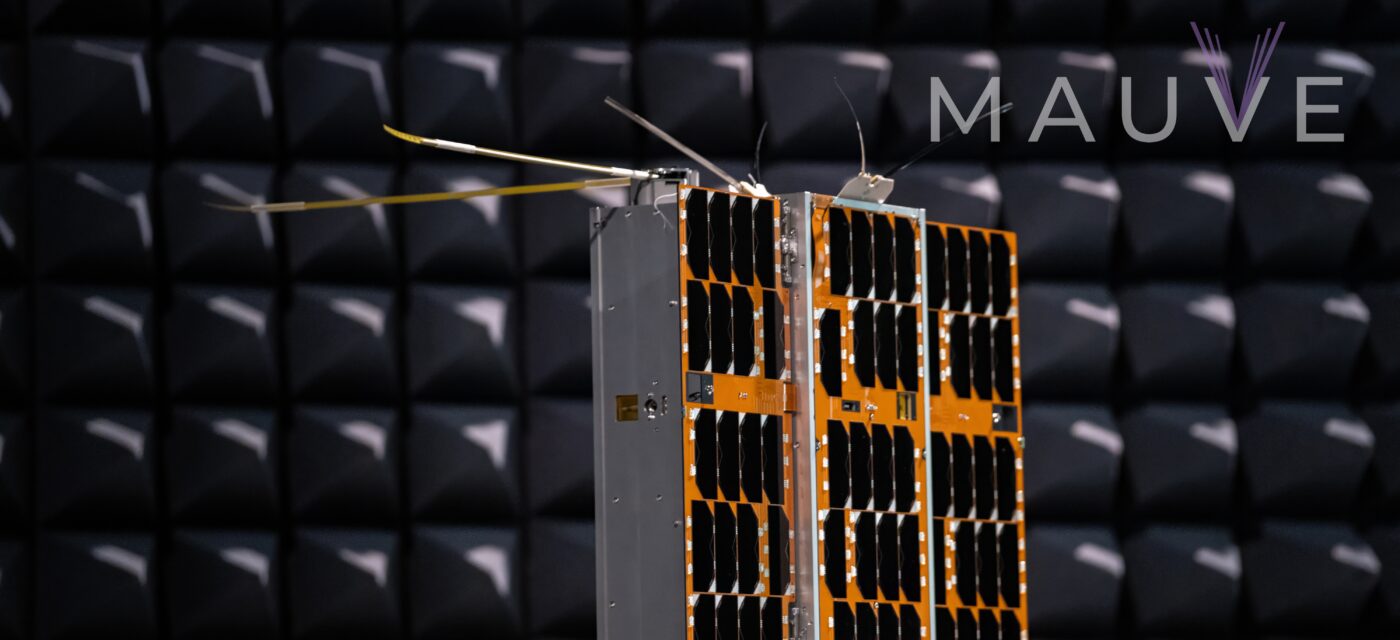LONDON/BUDAPEST, TUESDAY, JULY 15, 2025: Blue Skies Space is delighted to announce that C3S LLC, the spacecraft prime for Mauve, has completed a successful environmental test (EVT) campaign.
Following its integration in June, Mauve was subjected to a comprehensive series of environmental tests designed to validate its readiness for the challenges of space. These included thermal vacuum testing to replicate the temperature range and hard vacuum of orbit, vibration testing to simulate the mechanical forces of launch, and electromagnetic compatibility testing to ensure robust and interference-free operation in orbit.

“We are pleased that Mauve has passed its EVT campaign as expected. This major milestone brings us one step closer to launch,” said Ian Stotesbury, Lead Systems Engineer at Blue Skies Space.
“We are proud to have carried out the testing of Mauve and to have completed this critical phase of the mission,” said Gyula Horváth, CEO of C3S LLC. “This achievement highlights the expertise of our engineering and integration teams, as well as the strong collaboration with Blue Skies Space. We look forward to seeing Mauve embark on its scientific journey later this year.”
The successful completion of the environmental test campaign marks a pivotal milestone for Mauve, confirming the satellite’s readiness to proceed to the next phase. Final preparations will now include end-to-end functional testing and a Degaussing campaign ahead of shipment to the launch site.
Equipped with a 13 cm telescope and an Ultraviolet-visible spectrometer, Mauve is set to observe hundreds of stars, providing valuable data to support a range of scientific objectives. Among these are the study of stellar flares, their influence on the habitability of nearby exoplanets, and insights into the long-term stability of various stellar types.
Mauve is scheduled to launch aboard SpaceX’s Transporter-15 rideshare mission in October 2025.

This project has received funding from the European Union’s Horizon Europe research and innovation programme under grant agreement No. 101082738.
